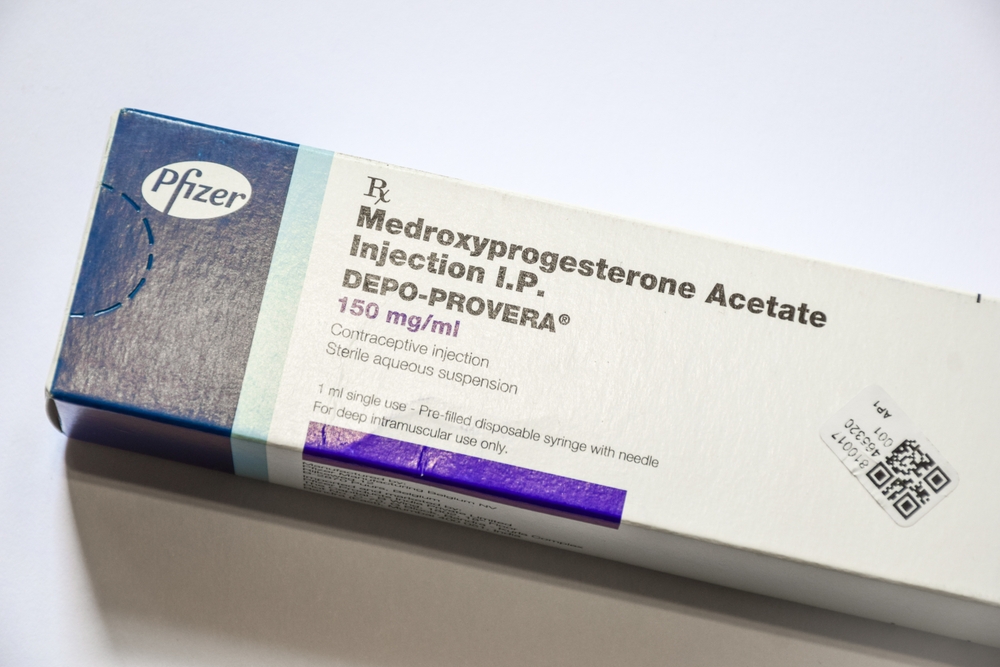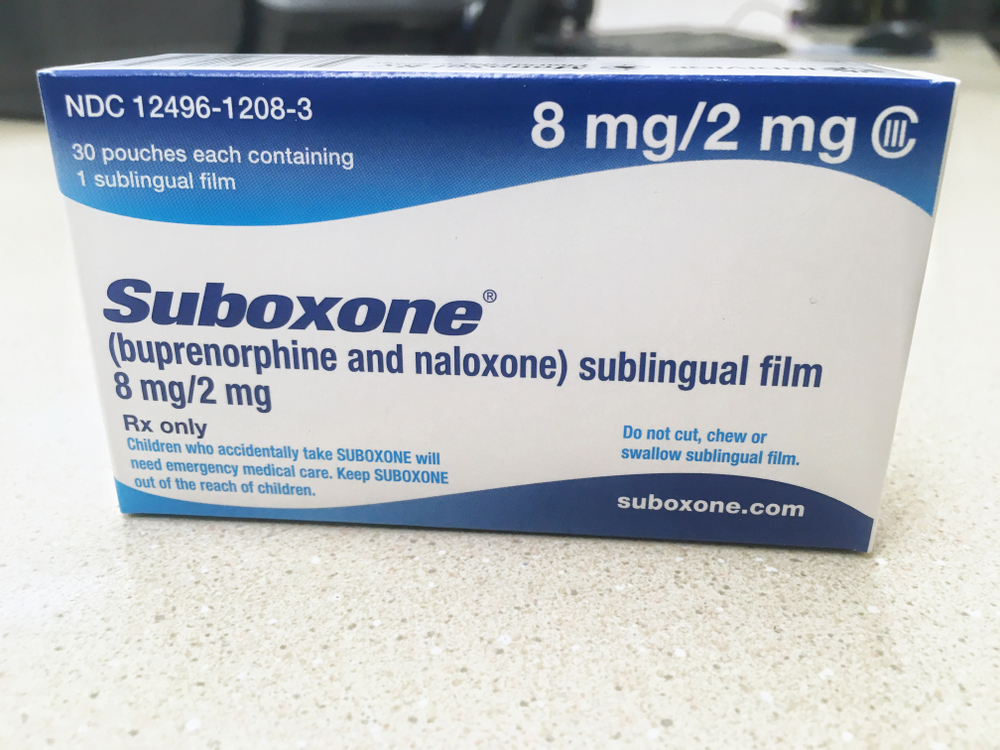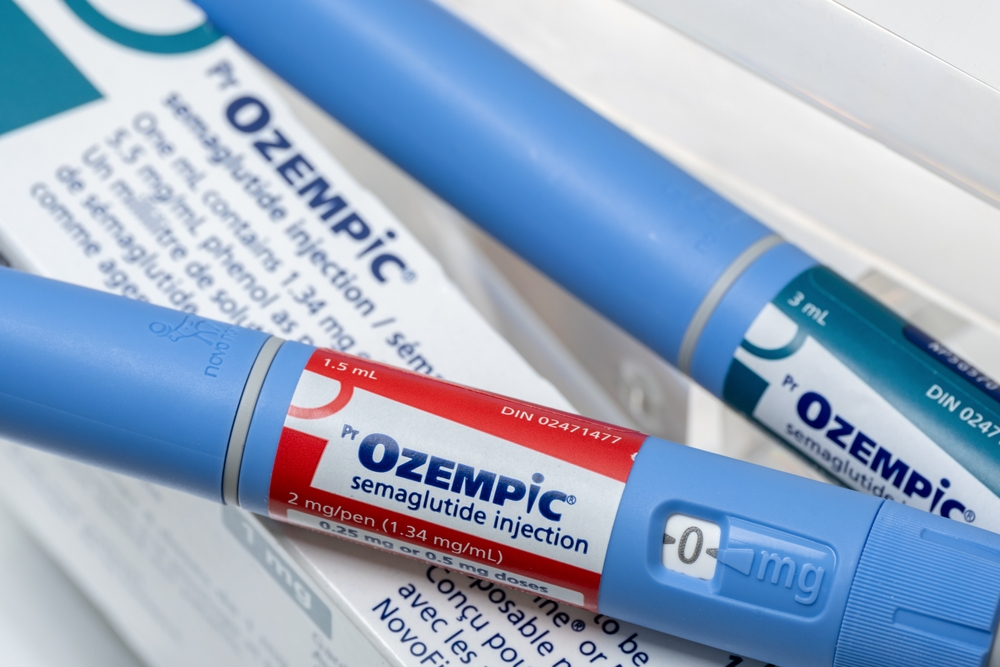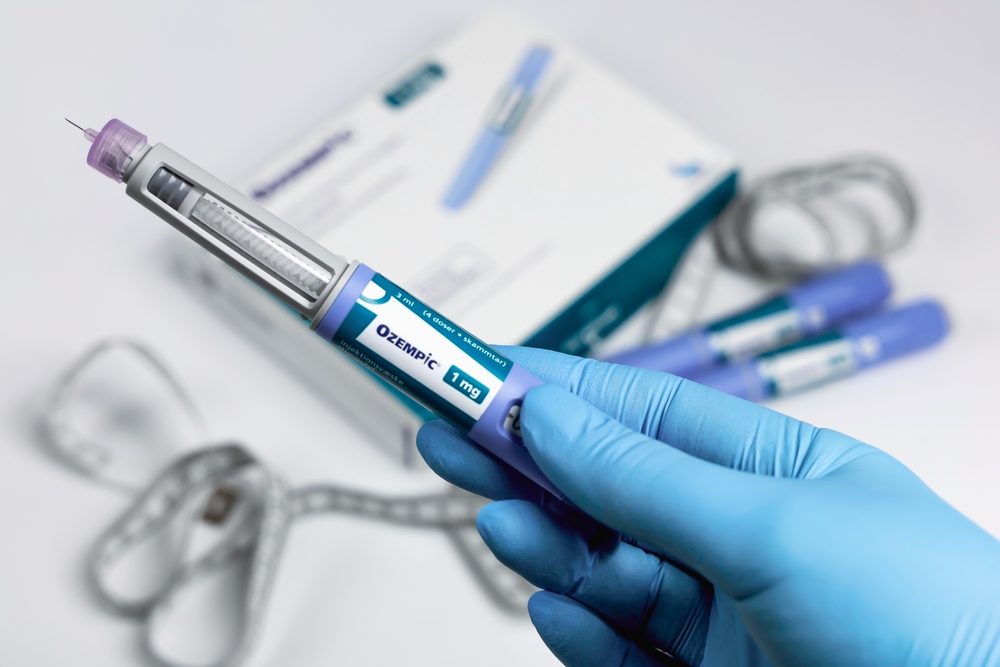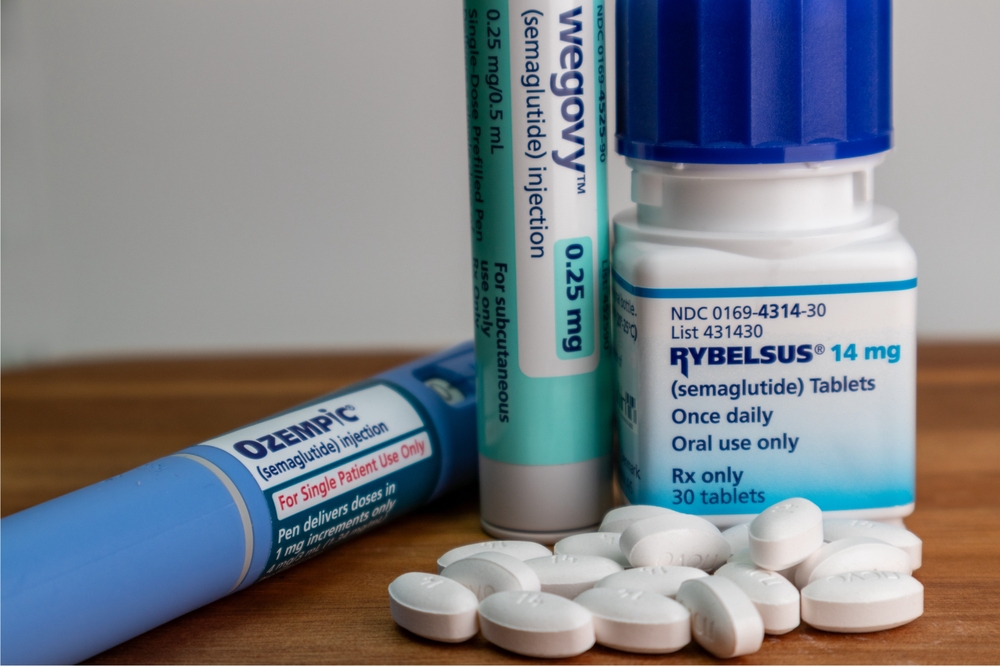How the Supreme Court Ruling on Purdue Pharma Opioid Settlement Could Impact Other Mass Tort Settlements
In June, the United States Supreme Court rejected the Purdue Pharma settlement that would have protected the Sackler family, the owners and founders of the corporation, over their role in the opioid crisis.
The Sackler name has become linked with the highly addictive Oxycontin, and the family itself has faced both criminal charges and lawsuits over their strong-handed marketing of the opioid.
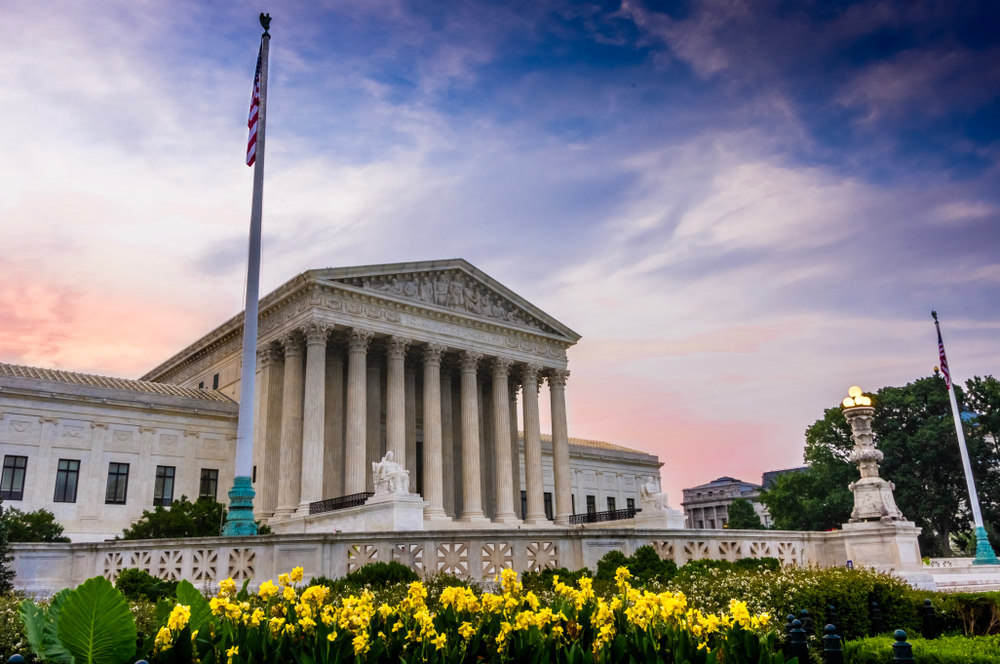
Although the High Court’s action keeps the focus on accountability regarding the Sacklers, the settlement would have provided $6 billion in financial support.
The decision has lawyers returning to the table attempting to reach a new settlement to satisfy all parties.
The Supreme Court’s decision could also affect other lawsuits involving well-known entities, like Johnson & Johnson and the Boy Scouts of America. Both are currently embroiled in bankruptcies with the first seeking protection through the creation of a new company and the other concerned that smaller organizations under its umbrella may suddenly become liable.
Purdue Pharma’s Bankruptcy Issue
Chapter 11 bankruptcies are traditional ways for companies to reorganize to continue operating while repaying creditors over time. However, for Purdue Pharma and the Sacklers, Chapter 11 is far from traditional.
Purdue first began bankruptcy proceedings in 2019 and over time, families of loved ones who overdosed, along with several state and local governments, have sued Purdue for its actions over its sales tactics (specifically how it marketed Oxycontin).
In 2021, all parties involved reached a settlement agreement. However, the U.S. Bankruptcy Trustee, part of the Department of Justice, opposed the deal, and the U.S. Supreme Court eventually halted settlement plans.
Last December, the Justices first heard the case.
Over the years, the members of the Sackler family have tried to avoid the conventional debt-handling process of bankruptcy and used tactics like the Texas-Two Step to keep billions of dollars worth of the old company’s revenue earned over the years in the Sacklers’ personal accounts. The Texas two-step is a legal strategy involving a company using Texas law to split an entity into separate companies while moving a big portion of claims into a newly named company. After that, the new company files for bankruptcy, releasing the original from ability in exchange for a payout.
The main issue before the Justices was whether or not the Sacklers should be permitted to benefit from the legal shield that bankruptcy provides, while at the same time not filing bankruptcy.
After deliberating more than six months, the justices, in a 5-4 vote, determined that nothing in present law authorizes the Sacklers to not hold more responsibility.
In writing for the majority, Justice Neil Gorsuch stated, “The Sacklers seek greater relief than a bankruptcy discharge normally affords, as they aim to eliminate claims for wrongful death and fraud without fully disclosing their assets.”
Other Bankruptcy Cases and Lawsuits
Johnson & Johnson (J&J) has been embroiled in legal trouble for many years with more than 62,000 claimants alleging that its talc-based baby powder products caused ovarian and other cancers due to asbestos-tainted talc. On September 20, for the third time, a J&J subsidiary, Red River Talc, filed for bankruptcy protection in a federal bankruptcy court in Houston. This is another example of the “Texas two-step” effort, and because of the health of J&J, the main corporation, it is similar to Purdue Pharma’s bankruptcy in which the Justices’ decision was based on the fact bankruptcies should not be used by financially healthy entities.
Supporters of the new J&J subsidiary bankruptcy applaud the effort that moves forward an approximately $10 billion proposed settlement for victims. However, opponents of the proposed settlement hope the court, for the third time, will dismiss the litigation.
The decision concerning the Sacklers’ financial shield also has the potential to cause a ripple effect within The Boy Scouts of America (BSA). The BSA, a non-profit organization, filed Chapter 11 in 2020 and agreed to pay $2.5 billion in compensation to 82,000 victims of sexual abuse. A central part of its bankruptcy plan was the protection given to local councils, schools, and churches that were part of the BSA’s activities and operations.
In October of 2023, the Scouts filed an amicus brief pointing to Purdue Pharma’s position and the concern over how it could harm the Scouts’ settlement that was already in motion. An amicus brief shows the courts that its final decision will impact people other than the parties involved in the suit. For the BSA, this means that for the organization to reorganize successfully, releasing entities like churches and schools from liability without the consent of all the claimants was necessary for its reorganization.
Although Purdue Pharma had not begun paying out the settlements at the time of the Supreme Court decision, the Boy Scouts had. The brief stated, “BSA has a critical interest in ensuring that this Court’s ruling in this case does not alter vested rights—including survivors’ rights—under the effective BSA plan.”
Although in early September, U.S. Bankruptcy Judge Sean Lane approved a short extension of ongoing mediation talks at a court hearing in White Plains, New York, giving Purdue more time to reach a comprehensive settlement of lawsuits, no announcement of any new settlement has been made.









